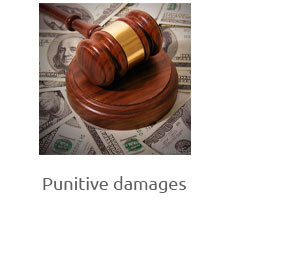 |
 |
|
 |
 |
|
 |
 |
 |
 |
 |
|||
 |
 |
 |
 |
 |
 |
 |
 |
 |
|||
 |
 |
 |
|
 |
 |
|
 |
 |
|
|
In the chaotic aftermath of a car accident, when uncertainty clouds your path, our expert car accident lawyers stand ready to illuminate your way, fiercely advocating for justice and fighting to secure the average auto accident personal injury settlements that can transform your recovery journey; with an unwavering commitment to your cause, we don't just navigate the legal maze-we break down barriers, ensuring your voice is heard and your rights are upheld, empowering you to reclaim control over your life with the confidence and support you deserve.
https://lehmlaw.com/blog/how-much-is-your-auto-accident-case-worth
In 2023, the average car accident settlement for bodily injury across the United States was $26,123, while the average settlement amount ... https://brumleylawfirm.com/what-is-the-average-car-accident-settlement-in-washington/
This compensation will cover various losses, including medical bills, property damage, lost wages, and pain and suffering. Settlements are often ... https://www.brownandcrouppen.com/blog/average-car-accident-settlement-amount/
The average settlement amount for a car accident is approximately $37248.62. For cases in which non injury or only minor injuries occurred ...
|
